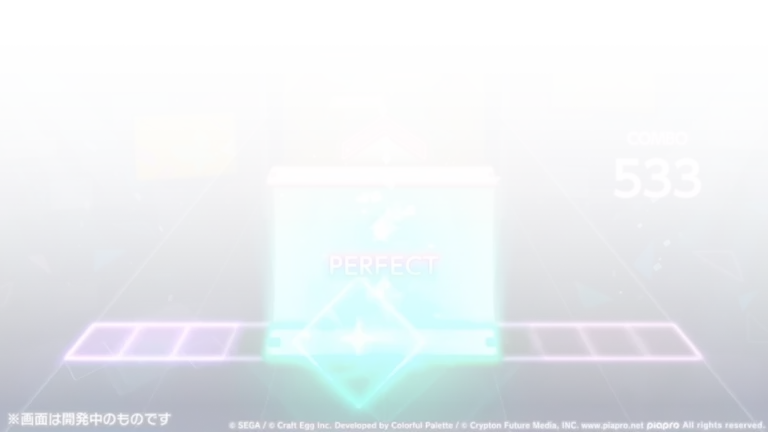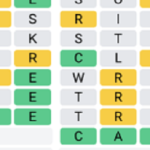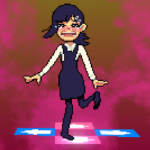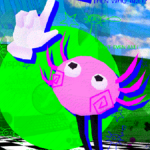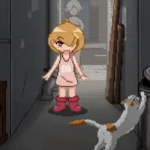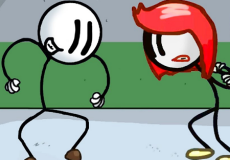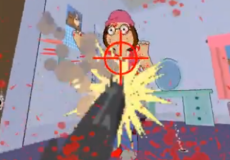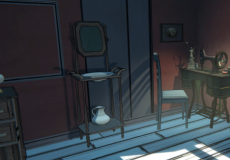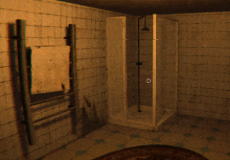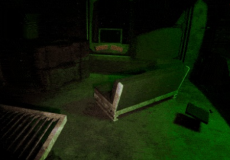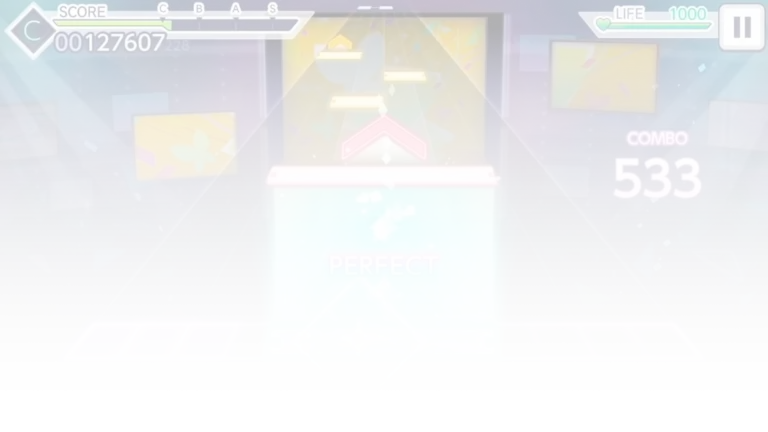
Haunt of the House
Advertisement
Haunt of the House is a short psychological horror game that places the player in an isolated house surrounded by silence and shadow. You play as a guest seeking a peaceful stay in a remote forest cabin. The atmosphere begins calm, with no direct threats or loud warnings. As you explore, though, the space begins to shift. Lights flicker, objects move slightly, and faint sounds come from places you haven’t visited yet. Without any exposition or clear direction, the house gradually becomes unfamiliar.
Advertisement
Similiar games
Haunt of the House is a short psychological horror game that places the player in an isolated house surrounded by silence and shadow. You play as a guest seeking a peaceful stay in a remote forest cabin. The atmosphere begins calm, with no direct threats or loud warnings. As you explore, though, the space begins to shift. Lights flicker, objects move slightly, and faint sounds come from places you haven’t visited yet. Without any exposition or clear direction, the house gradually becomes unfamiliar.
Movement Through the Unknown
The game uses simple controls to support exploration—WASD to move, Shift to run, E or left-click to interact, and F to toggle the flashlight. You begin moving room to room, opening doors, checking corners, and scanning for clues. There’s no tutorial, no objective markers—only the house and your own judgment. The space feels abandoned, but never empty. Each step echoes differently. Some doors that were closed are now open. At times, the silence breaks without reason, and you’re left wondering whether to continue forward.
Layers of Disturbance
Rather than overwhelming the player with horror elements, Haunt of the House uses restraint to build unease. There’s no monster chasing you or puzzles to solve. The horror is in the quiet disruption of routine. Your flashlight might flicker at the wrong time. A distant noise might sound just close enough to question. The game doesn’t push a narrative, but scattered clues suggest something happened—or is still happening—within the walls.
Core elements include:
· Free movement and basic object interaction
· Flashlight use to explore darker areas
· Sound design that hints at movement and presence
· Small changes in the environment over time
· An open-ended experience with no fixed conclusion
A Brief Descent Into Uncertainty
The game is designed to be completed in one short session, usually under ten minutes. But within that time, it slowly dismantles your trust in what you see and hear. When the game ends, there’s no climax—just a moment that feels like a sudden stop. That absence of resolution is intentional. It leaves space for interpretation and reflection. The experience ends not when the story is over, but when it no longer needs to explain itself.
Haunt of the House creates a contained world where nothing is directly hostile, but nothing is fully safe. It’s a game that leans on restraint, atmosphere, and pacing to leave a lasting impression. By allowing the environment to tell the story and refusing to explain every detail, it offers a brief but effective journey into isolation and fear.
Discuss Haunt of the House
